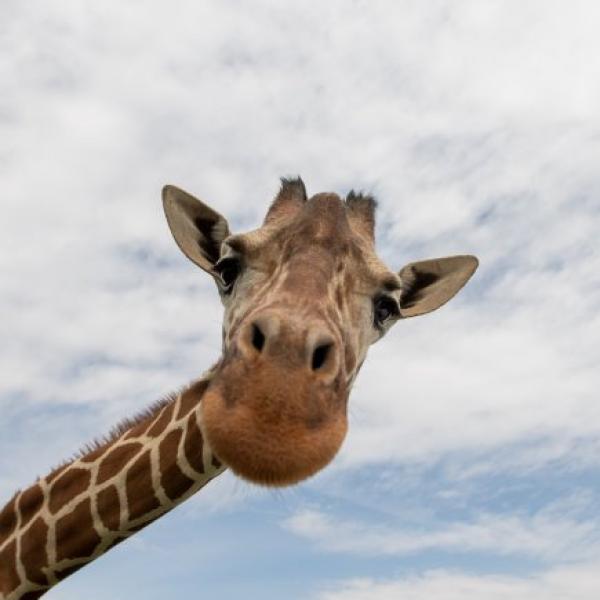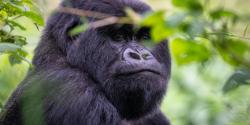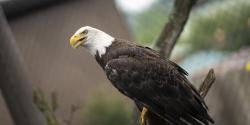You will see both reticulated and Masai giraffes on the African Savanna at the Zoo.
The Masai giraffe has a light brown coat with darker brown spots with jagged edges surrounded by a yellowish border. The reticulated giraffe has large, solid chestnut brown spots, separated by a network of bright white lines.
At the Columbus Zoo, we’re dedicated to the conservation of giraffe, specifically through our participation in The Association of Zoos and Aquariums' (AZA) Saving Animals from Extinction (SAFE) program.
Scientific Name: Giraffa camelopardalis
Conservation Status: Vulnerable
Size: Height ranges from 14 to 19 ft.
Weight: 1,400 to 2,600 lbs.
Median Life Expectancy: Males 16.5 years; Females 20.3 years
































